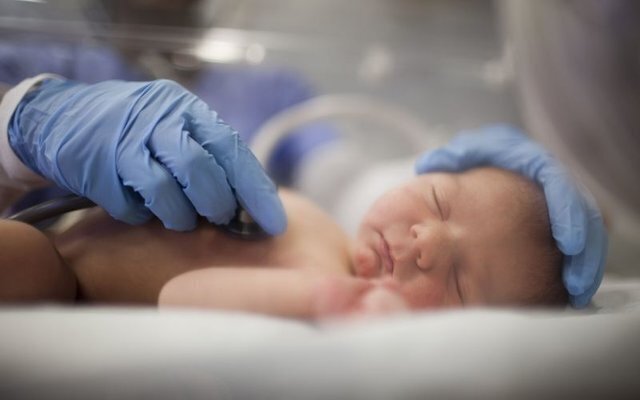Some 3,000 infertile couples covered by social security insurance

TEHRAN - The Social Security Organization has insured about three thousand couples grappling with infertility in line with the youth population growth and family support plan.
According to statistics, some 20 percent of couples in the country (nearly three million), are known to be infertile, IRNA reported.
To provide better services to these infertile couples, the Social Security Organization has considered a treatment service package that reduces part of the treatment costs.
Also, receiving the best services, the couples can be treated and eventually have children as one of the goals of the youth population plan.
Being covered by infertility treatment services, all infertile couples, from moderate to low-income families, have the chance to benefit from these services without serious financial concerns.
Based on the plans of the Social Security Organization, ideal medical services are now provided in the medical centers to those insured, and these services are supposed to develop soon.
Providing services to infertile couples and supporting them has cost the Social Security Organization around four thousand billion rials (some $8 million) so far.
Social Security Organization pays 90 percent of the cost of infertility treatment services in government medical centers. In non-governmental centers and the private sector, the cost of infertility treatment services is calculated based on the non-governmental sector tariff.
Moreover, according to the Social Security Organization, 100 government, private, and university-affiliated infertility centers in the country provide services to infertile couples. Considering that most of these centers are parties to the social security contract, the insured people can use these services.
With a statistical population of 46 million people, the Social Security Organization provides free medical services to nearly 53 percent of the country's population among the insured, pensioners, and retirees.
Medical services in Social Security Organization are presented in two parts; the direct part in the form of private centers and the indirect part in the form of purchasing services from contracted medical centers, according to statistics, more than 1,200,000 outpatient services and over 13,000 inpatient services are provided to the insured in the social security medical centers.
Law on family and youth support
In March 2022, the Majlis (Iranian Parliament) approved to implementation of a population growth and family support plan for 7 years to change the declining trend of childbearing.
The plan stipulates health insurance for infertile couples, providing services and facilities to working women, providing health and nutrition support packages to mothers and children, educational opportunities for student mothers, providing livelihood support to families, and ongoing medical services to pregnant women.
As the Leader of the Islamic Revolution Ayatollah Ali Khamenei has emphasized that the national development plans should focus on population growth, and on the other hand, the Expediency Council seeks a one-year extension of the Sixth Five-Year National Development Plan (2016-2021), it was decided to implement the plan for 7 years.
The downward trend of population growth gradually decreases and reaches zero, then becomes negative. Negative population growth causes the population to disappear in the long run.
It is estimated that population growth will reach zero in 2040 and then become negative, so the biggest concern is that Iran's population will age in the coming years, fertility will decline, and the population of youth will decrease.
Improving social welfare by removing poverty
Ayatollah Seyed Ali Khamenei has outlined policies for materializing goals of social security in line with the objectives of the Constitution.
The policies aim to improve social welfare, remove poverty, and support vulnerable strata of society, mainly the elderly, the disabled, and people without caretakers.
Reaching the goals entails an efficient, justice-based, and comprehensive administrative system consistent with Islamic-Iranian patterns and powered by public participation that will expand services to underprivileged people living in urban and rural areas.
Filling in social gaps through reforming subsidy schemes, promoting the culture of job creation, removing barriers for all people to benefit from public resources, and offering fertility services to families with the aim of increasing the population growth rate, are among other goals of the policies.
MT/MG
